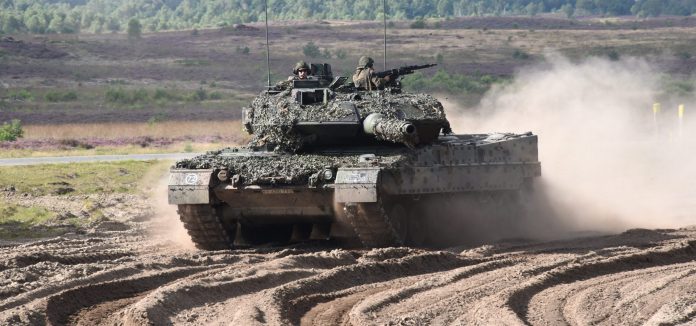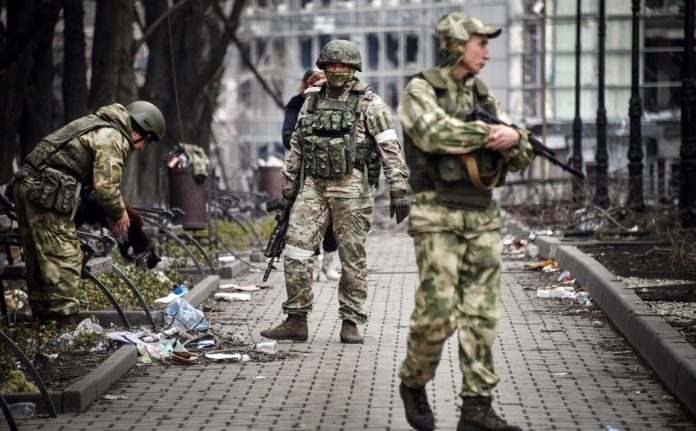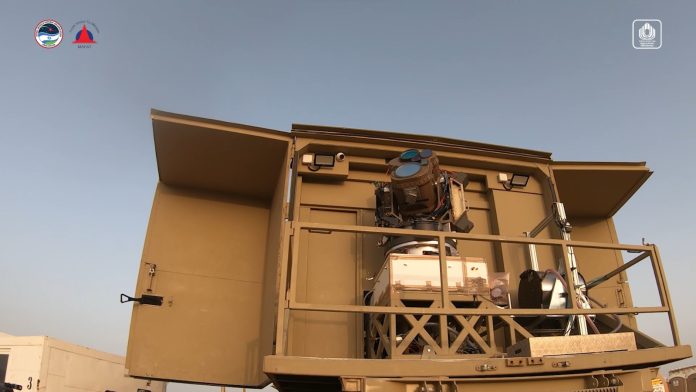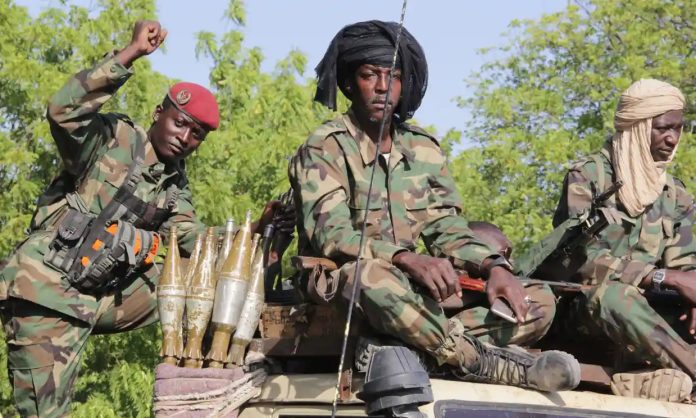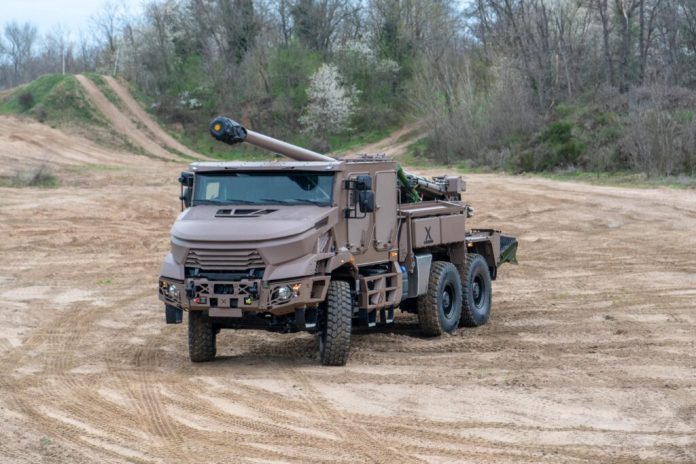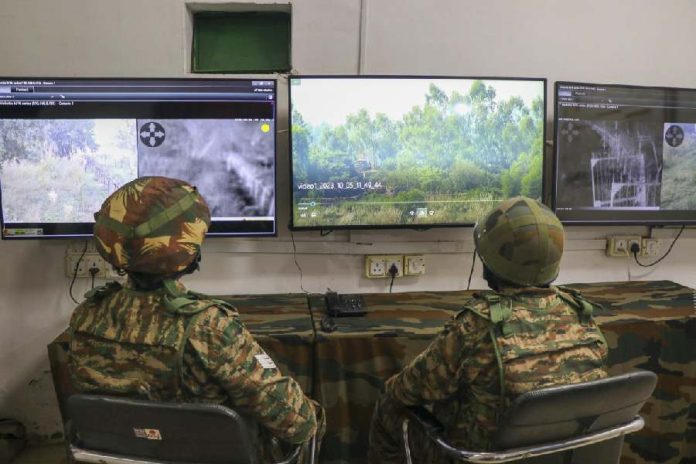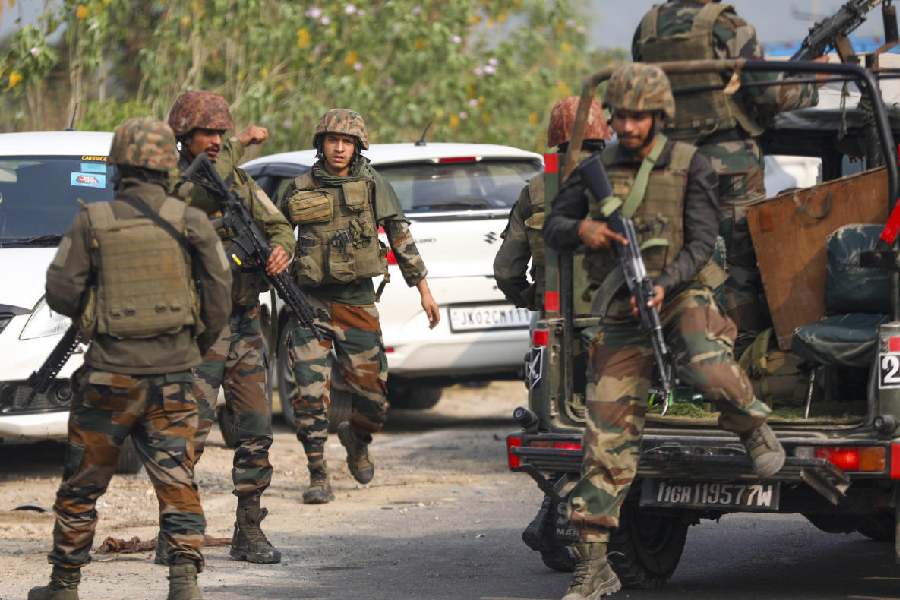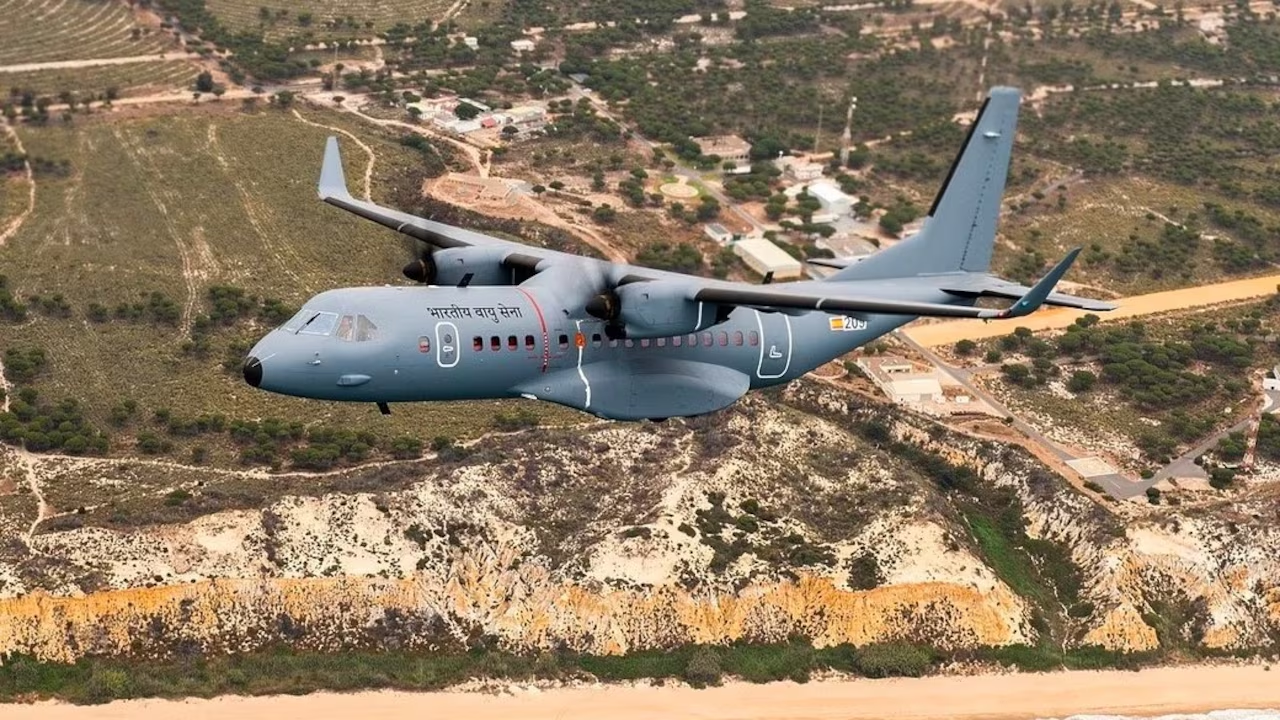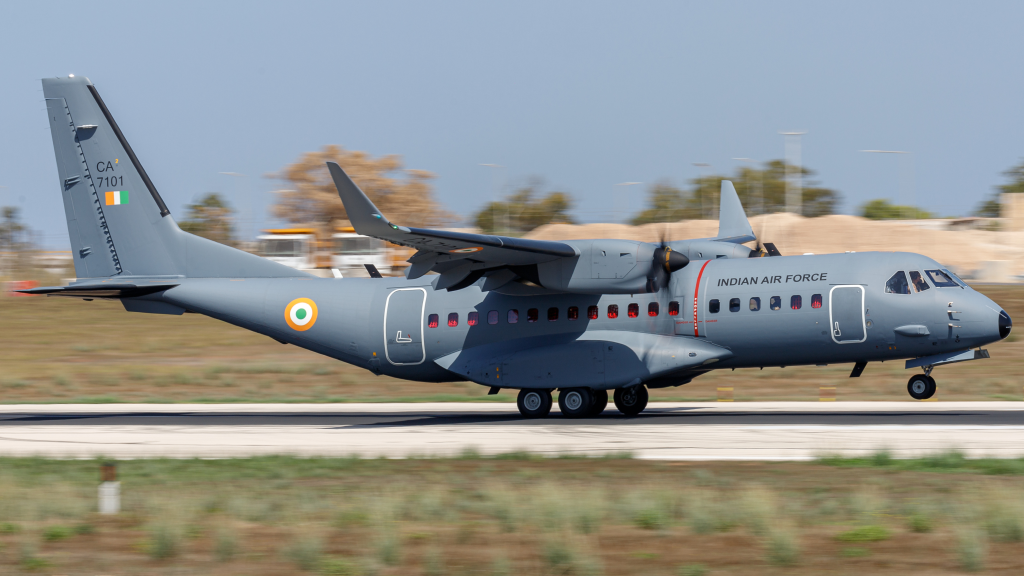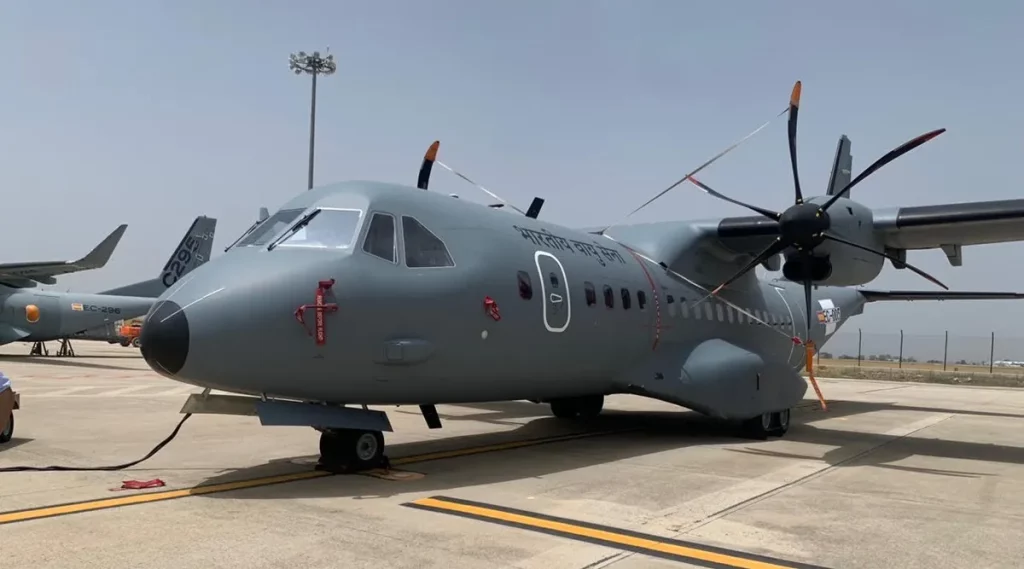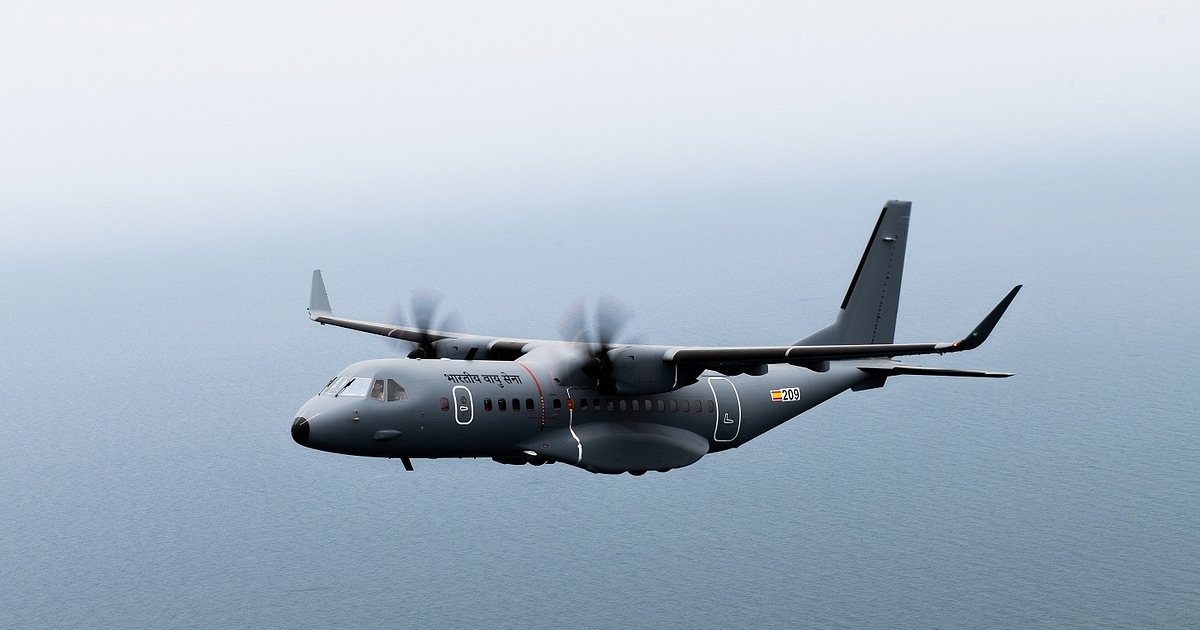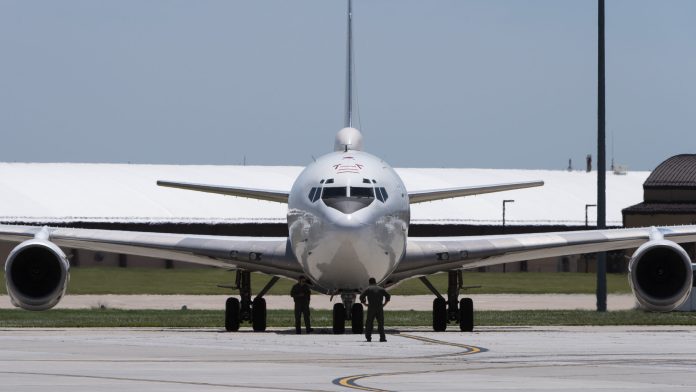Croatia to Acquire Leopard Tanks from Germany in Support of Ukraine
Zagreb, Croatia – Croatia has announced plans to purchase up to 50 Leopard 2A8 tanks from Germany, marking a significant step in the modernization of its military capabilities. The agreement, confirmed by the Croatian Ministry of Defense on Monday, includes a provision that entails sending older Croatian military equipment to Ukraine to support its defense against Russian aggression.
The letter of intent was signed by Croatian Defense Minister Ivan Anusic and German Defense Minister Boris Pistorius in Berlin. As part of the transaction, Croatia will provide Ukraine with 30 aging tanks, 30 combat vehicles, ammunition, and additional military equipment. Notably, the value of the supplied equipment will be deducted from the overall cost of the new Leopard tanks, enhancing the value of this arrangement.
“This purchase model not only strengthens the Croatian army but also significantly contributes to Ukraine in their fight against Russian aggression,” the Croatian defense ministry stated in an announcement. Further details regarding the agreement will be disclosed following its complete signing.
Minister Anusic emphasized the urgency of the agreement, stating, “This is one of the most important projects for the modernization of the Croatian army.” He further indicated that the implementation of the deal will proceed promptly.
In addition to the Leopard tanks, Croatia is set to acquire US-made HIMARS M142 rocket systems and drones, underscoring the nation’s commitment to bolstering its military arsenal. This follows Croatia’s recent acquisition of six Rafale fighter jets from France, part of a larger order of 12.
Since the onset of Russia’s invasion of Ukraine in February 2022, Croatia has actively engaged in providing military assistance to Ukraine, amounting to over €200 million (approximately $220 million).
The decision to procure advanced military hardware comes at a critical time, as countries across Europe continue to enhance their defenses amid ongoing geopolitical tensions in the region.

